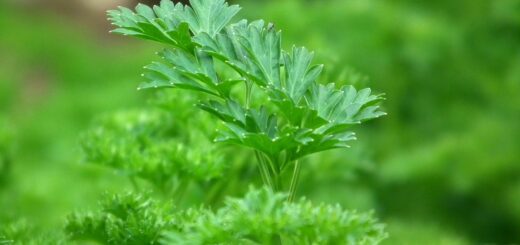Avocados
The amazing avocado – delicious, nutrient dense and the source of last year’s millenials-vs-millionaire great smashed avo mortgage debate. (To think, if you grow your own avocados rather than buy smashed ones at your favourite breakfast haunts, you’ll be able to save a deposit for a house in Melbourne in, um, say, 23.2 years…!) Still, what could be better than having a ready source of avos in your backyard? And spring is the best time to plant your tree, as the soil temperature is rising.

Usually thought of as a tropical tree, there are many varieties that are suitable to grow in Melbourne’s temperate zones and can produce up to 200 avos in a year! It’s been said by Louis Glowinsky (author of the authoritative horticultural guide, The Complete Book of Growing Fruit in Australia) that avocado trees can be even hardier than lemon trees, so definitely worth a bash! Best to get a grafted one rather than trying to grow from a seed, Glowinski says, unless you want to wait 10-15 years for your first fruit. But, by all means, have a go! By the way, did you know that the avocado is a berry?
The key to growing avo trees successfully is to ensure you have good drainage, rich soil (like you’d grow a tomato in, says Karen Sutherland of Edible Eden Design in her avo-growing video) and shelter from frosts. Their shallow root system is susceptible to drying out, so keep up the mulch and ensure you give your tree regular watering in the heat of summer , if you want to avoid fruit-drop. Avocados like to be situated in the ground, preferring a sheltered position (imagine it in its original habitat, under the forest canopy in South and Central America). Avocado trees can also be grown in pots – check out this brief video for some advice on how to go about it:
https://www.youtube.com/watch?v=mVzBjvyY9gY
While there are differing views about whether you need two types (type A and type B) of avocado to cross-pollinate, you can get away with one (Bacon is best) – though you’ll probably get lots more fruit if you get another type (like Lamb Haas). The sex-life of avocados is fascinating, with their male and female flowers opening at differing times, which occurs on the same tree but at different times on A and B types:
While avocado trees can be hardier than citrus ones, they are a bit fussy when they’re young. Make sure you protect them from the harshest sun (westerly, in the afternoons in Australia) during summer and frost during winter. You’ll find plenty of advice on sun and frost protection and response on government agricultural department sites, like this one from Western Australia. For the keen avo grower, you can find most everything there is to know from this Queensland resource bank, which includes problem-solving sections (complete with helpful photos) to identify what might be the cause of odd leaf spots etc and what you can do to address it.
Avocado trees can be lightly pruned but don’t really require it, though of course you can do so to maintain height and deal with the “three Ds” (removing dead, damaged or diseased wood). Beware though, fruiting occurs on new growth so take care to make sure you retain plenty for next year’s fruit.
Now for the eating: first, avocados only start to soften after they’re picked – another good reason to have a home stock in your backyard, with fruit ready when you are. For tips on picking, ripening and storing, have a look at the Australian Avocados’ how-to page. And finally, the recipes – you’re spoilt for choice in making guacomole with all the recipes here, and breakkies need not be limited to smashed avo with lemon and pepper. For avo recipes to eat all day long, check these out:
No article on avocados would be complete without mentioning the origin of the name “avocado”, being a bastardisation of the Aztec word “ahuacatl” which also means testicle. Maybe something to do with its shape and pendulous growing habit? (And the word guocamole is said to literally translate into “testicle sauce”.) A final word of thanks that we have this delectable fruit at all – enjoy!















